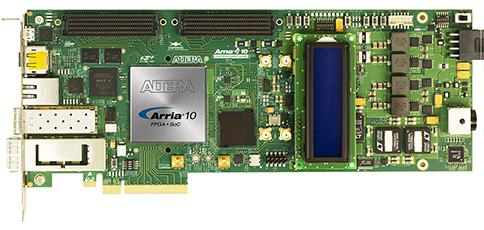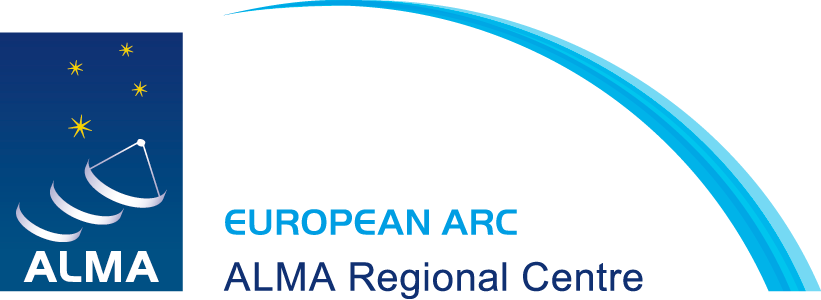Digitization and Digital Signal Processing for 16 GHz On-sky Bandwidth Analysis
Principal Investigator: Benjamin Quertier
Institute: Laboratoire d’Astrophysique de Bordeaux, France
Abstract:
ALMA provides unique and spectacular results in a large variety of scientific themes (e.g. results obtained during the long baseline campaign) while completion of the ALMA baseline capabilities is continuing (e.g. Band 5 receivers). In parallel, long-term (2030 horizon) improvements of the ALMA telescope are being prepared by various groups and the ALMA community. The ASAC and the ALMA development working group have released two documents which classify and try to prioritize the long-term upgrades. A first document , « Pathways to Developing ALMA », defines major science themes and how ALMA can contribute to these themes. In particular, it shows that a wider bandwidth and a sensitivity gain provided by receiver upgrades and higher digitization resolution are important for future developments. These developments lead to a clear recommendation in the second document (« A Road map for developing ALMA »): ‘Larger bandwidths and better receiver sensitivity enabling gain in speeds’. This in turn has a profound impact on several areas of the ALMA system including receiver designs, digitization, data transport, correlation and software. The upgrades should be coordinated and driven by new ALMA science directions and technical requirements. Full coordination between the ALMA regions will take time, however. In the meantime, two related studies are progressing. One is led by our group in Bordeaux, working on wide band digitization and processing. Another study, led by NRAO (with one of us being involved in the study team), aims to upgrade the correlator to process twice more bandwidth and provide more spectral resolution. A coordinated approach between our two groups is being explored especially for the digital processing part of the antenna station electronics of the correlator system.
In this new proposal we capitalize on the results of our earlier study on fast digitizers (DGs) and broad band processing to propose a plan leading to digitization and signal processing (prior to correlation) of 16 GHz on-sky bandwidth in two polarizations (2 x 16 GHz). Our development plan simplifies the receiver IF down conversion stage, improves power dissipation, reliability and DSP efficiency, doubles the processed ALMA bandwidth and is fully compatible with the correlator development plan to be submitted by NRAO. Our plan is divided into a ‘Study’ phase of 1.5 year (this proposal) and a ‘Project’ phase of about 2 years which we plan to submit to ESO for prototype board fabrication and on-site performance demonstration. The main milestones of our ‘Study’ are: selection of an existing commercial digitizer most suitable to ALMA operation and selection of digitizer architecture; delivery of a broad band digitizer board design and associated formatter board; design of a new correlator Tunable Filter Bank card (TFB) as required to correlate twice more bandwidth.
Our proposal includes: Scientific considerations in favour of wider bandwidths as well as general technical considerations on receiver IF range and ADC; A discussion on upgrading the ALMA capabilities with various digitization and DSP concepts; Hardware prototyping details; Laboratory tests and how we plan on-site demonstration; A development plan in which we distinguish the ‘Study’ phase from the ‘Project’ phase; Cost estimate for the ‘Study’ phase and experience in our laboratory.


